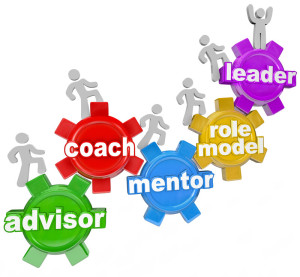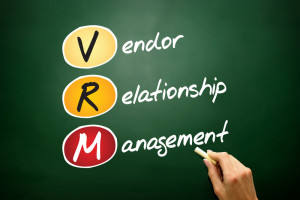Many of you have been through a major EHR implementation and go live. I’ve been through them before as well. The teamwork of a go live is like nothing else I’ve ever experienced.
There is the overnight cutover period that was practiced numerous times as “cutover dry runs” with the goal of making sure it goes smooth and can be done in the shortest time possible. After all, you are asking a hospital to go to downtime procedures until you can bring up the new system.
There is the excitement as others gather for the proverbial “flip the switch” moment. The applause and high fives for people who have been working hard towards this moment for many months. The appreciation from operations leaders on hand.
There is the wait for the first user calls and tickets to roll in. The wondering if all the planning for the command center and support structure was on target.
There is the settling in as ticket volume increases, teams start working them, and tickets start getting resolved.
There are the periodic reports from operational leaders who are rounding on the floors. They report on the pulse of staff who are dealing with a new system while trying to care for patients. They report on the issues that seem most problematic.
There is the dashboard monitoring to see which teams are getting the most tickets and whether adjustments in staffing need to be made. There is the ongoing review of tickets to ensure they are prioritized appropriately. Continue reading









